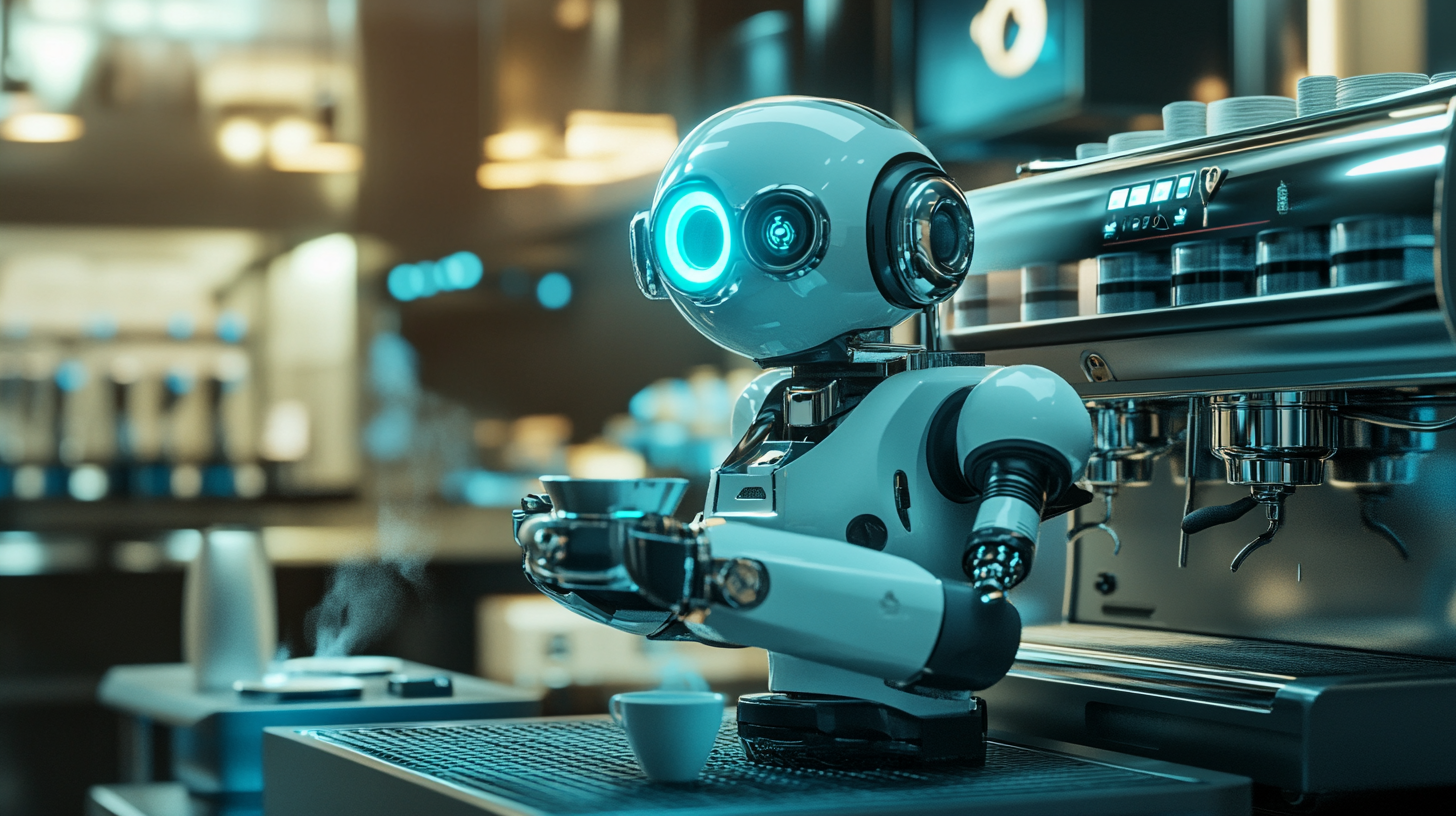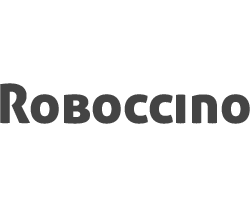Global Market Insights 2025: 7 Tips to Optimize Your Robot Coffee Maker Procurement Strategy
When the global coffee market continues to grow with an expected value of more than $200 billion by the year 2025, the demand for fresh coffee-related ideas cannot be more. The robot coffee maker appeared in this fast-growing scenario as a radical invention; it provided convenience and uniformity, which traditional methods could seldom offer. According to a market analysis report published by Fortune Business Insights, the market demand for smart home devices which include robot coffee makers is growing at a CAGR of 26.8% from 2021 to 2028; hence, one can say that more and more consumers are opting for household automation.
To navigate this fast-growing market, the companies engaged will have to oxidize their procurement strategy, taking into account the unique challenges and opportunities presented by robot coffee makers. Procurement strategy is important to maintain competitive advantages, ensuring quality, and cost-optimization in such a fast-evolving technological environment. A procurement team familiarized with market trends, suppliers& procurement capabilities, and changing consumer preferences would further streamline their decision processes and ultimately generate value for their operations. These seven tips will help you to optimize your robot coffee maker procurement strategy to aid the growth of businesses in this fast-paced industry.

Understanding Market Trends in Robot Coffee Maker Procurement
The market trend shifts towards procuring robot coffee makers, particularly in the Middle East region where coffee appliance demands are steeply rising. Firms like CoffeeDesk, which are expanding their foothold into the UAE, must pay close attention to locals' tastes and consumption behavior. This expansion mirrors a larger trend whereby coffee becomes an industry, a culturally connived entity, well resounding in consumer hearts. The Middle East, with its progressing coffee culture, provides a ripe opportunity for procurement strategies to appropriately leverage these trends. Wherever you move, coffee is becoming the "national beverage" for the young generation; hence, competition among brands is on fire-in China and elsewhere. Since many aspiring cafe owners dream of opening coffee shops, the procurement strategies consider that tastes might differ and that there is an increased appetite for different methods of making coffee. Understanding these market dynamics will be an essential consideration for every stakeholder that is going to enhance its procurement processes and forge a strong supply chain that answers the consumer. Globally, as the world coffee market evolves, real-time procurement data analysis and strategic flexibility in procurement will really matter. This bay and trade fair, characterized by international stakeholders-interested suppliers and buyers to seize opportunities to gather knowledge and expand networks-give life to the scenarios of the world coffee market. Ultimately, ahead of market trends, the companies will win their fight for procuring and enhancing competitive advantage.

Identifying Reliable Suppliers for Robot Coffee Makers
The identification of trustworthy suppliers is thus a pivotal first step in the procurement optimization of robot coffee makers. A recent market report indicates that the global coffee machine market, including robot coffee makers, is expected to touch USD 6.7 billion by 2025, growing at a rate of about 10.4% CAGR. Against this backdrop, this growth leaves companies sourcing from suppliers that provide high-quality products and support continued technology advances.
Reliable suppliers should be evaluated in light of supplier performance measurement factors like delivery time and defect rate. According to a 2023 report from Statista, 76% of buyers of coffee machines cite reliability as their first criterion in selecting suppliers. Coupling this with the help of some dedicated platforms to verify suppliers so that you can have more confidence in your procurement decisions will further help you. With this strategy, companies can partner with manufacturers focused on quality control and performance metrics and have satisfied clients.
Also, establishing relationships with suppliers who invest in research and developmental programs could give you a competitive advantage. The International Coffee Organization notes that developments in robotics and automation are gaining traction as companies integrate smart technologies for enhancing user experience. Partnering with industry innovators allows companies to ensure that current consumer needs are being met, as well as forecasts for future trends in the coffee market.

Evaluating Cost-Effectiveness of Different Robot Coffee Maker Models
The ultimate goal of cost-sharing when comparing the coffee robot models with each other does not only depend on the amount of capital outlay but also on the amount of savings that they will generate over time at the home and commercial settings of the user. Not only are these EITs much smarter than ever, but they are fast learning and adapting to the users' preferences, such as brewing or infusion strength, flavor, and even their schedule. This is very important, especially for the procurement strategy of the company because a model that learns and adapts to the user can yield an enormous return on investment.
In analyzing different models, other areas to be examined include energy consumption, durability, and technology. For instance, some robot coffee machines have IoT building benefits, allowing monitoring and control applications, affording even more conveniences and possible low operational costs. Also, AI integration may entail better user experience and more operational efficiencies hence evaluating the benefits against the cost incurred is very critical.
Compare warranties and likely maintenance costs, which widely differ from one machine to the next. A coffee machine that looks cheaper at first may cost more over time because of repair frequency or lack of support. Understanding these factors would enable businesses and private households to tailor procurement strategies to meet specific needs while maximizing output from their robots' coffee makers.

Implementing Quality Control in Coffee Maker Procurement Process
Quality assurance is essential for the procurement strategy of robotic coffee makers. Quality control not only brings about the final product meeting the conditions since those efforts could minimize the disruptions in operation and apply more to customer satisfaction. A well-structured quality control framework can make an impact against competitors, such as making the efficiency from costs numbers and the reputation of the brand.
A proactive approach to quality control starts with thorough supplier evaluations and establishing a checklist with criteria, such as production capability, past quality history, and industry standard compliance, to filter out substandard suppliers during early processes. This action is a prerequisite for all procurement activities. Then when suppliers are on board, quality is maintained over the production lifecycle through routine audits and performance evaluation checks.
In addition, technology can be integrated into the quality control process to facilitate and enhance its effectiveness. Real-time tracking of manufacturing metrics through automation tools will facilitate timely corrective responses to deviations in quality norms. This not only assures that the robotic coffee makers produced meet consumer expectations but also promotes a culture of accountability through the entire chain supply. Therefore, establishing strong quality controls in the coffee maker procurement process produces a superior outcome in products and thus ensures continued business growth.
Leveraging Technology for Enhanced Coffee Maker Procurement Efficiency
In the age of digitization, every industry has entered the domain of robot coffee making. Overcoming innovative technologies simplifies the process of procurement and enhances the efficiency of use. Employing sophisticated software solutions enables companies to automate their supply chain management, allowing real-time access to available inventory levels and performance by suppliers-with less time spent on manual processes and more focus on strategic planning.
Learning through data analytics tools will help understand the market trends and customer preferences. Thus, procurement teams can take informed decisions for improving purchasing strategies so that demand variations are taken advantage of. For example, predictive analytics decides the period and type of certain coffee maker models and technologies.
Such systems also help bridge the communication gap between suppliers and buyers. They include contract analysis, order tracking, and the management of payment disputes, which render procurement process seamless. These technological adoptions will help improve the efficiency of the procurement process while enhancing the adaptability of the entity to changing market dynamics, thus improving the coffee consumption quality for the end-user.

